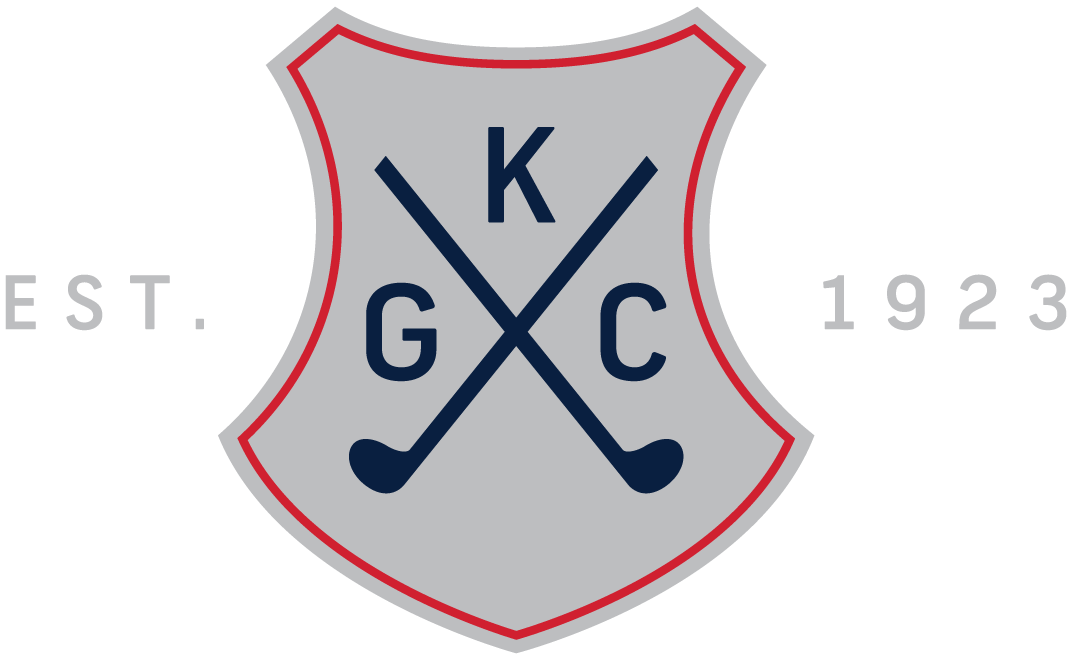Turf Playing Surfaces
Kooyonga utilises both warm and cool season turf varieties of turf for its playing surfaces. A creeping bentgrass blend is used for the putting greens and collars, whilst Santa ana hybrid couch is the preferred variety for all fine turf areas including green surrounds, fairways and tees. Common or native ‘Somerton Couch’ is still prevalent in many of the roughs and out of play areas throughout the course.
We include Integrated Pest Management strategies as a part pf our turf maintenance operations, monitoring all turf and vegetation areas closely and employing a range of cultural and mechanical pest and weed management techniques. Where chemical intervention is required, all steps are taken to ensure we identify our target, select the most appropriate turf registered product to control the identified target and then apply it in an appropriate manner by trained staff using calibrated equipment ensuring we meet all legislative requirements to ensure successful pest control in a manner that is safe for not only the turf, but also staff, members and the public.
Water Sources
The club utilises bore water for the irrigation of the property, with 4 bores situated throughout the property drilled to a depth of between 180 & 200 metres into the T1 aquifer supplying the water used on course. We have an authorisation to use water from the aquifer to irrigate our course, with extensive records of water quality and total use maintained. A connection to an effluent water supply is also maintained for use during times of need.
All irrigation is controlled by up to date central control software, and is extensively monitored and adjusted to ensure all water is applied in a responsible fashion to not only maintain turf and plant health, but to also ensure the sustainable use of the underground aquifer for future generations. We employ the use of an onsite weather station to provide accurate climate data, and routinely utilise soil moisture monitoring equipment to make informed decisions regarding the application of irrigation.
Trees & Vegetation
Areas defined as ‘native’ vary greatly throughout the property, and can include sand dunes, old bunkers and sandy wastes, carries, areas separating fairways or immediately surrounding greens and tees as well as low lying salt marsh areas. Soil types and therefore plant species can vary greatly throughout these areas, meaning there are subtle differences in how each area is be treated regarding plant varieties and maintenance.
The golf course is situated on an area that is known as “the old red consolidated coastal sand dunes”, which would have been home to a wonderful example of native bushland prior to settlement and the development of the golf course. Every attempt is made to use endemic species where possible that are appropriate to the various areas of the course, with any planting and maintenance activities attempting to recreate what would occur naturally without human intervention whilst remaining sympathetic to the game of golf.
Species of trees and shrubs that would have grown in the area at that time and continue to be used in throughout the course including the course boundaries include Native Pines (Callitris preissii), Swamp Paperbark (Melaleuca halmaturorum) as present between the 9th and 10th holes, Dry-land Tea Tree (Melaleuca lanceolata), Drooping Sheoak (Allocasuarina verticillata), Golden Wattle (Acacia pycnantha) and Silver Banksia (Banksia marginata).
Whilst there is little reference to a great variety of Eucalyptus species being present in the local area before and in the early period of the golf course being established, there is little doubt species such as River Red Gum (Eucalyptus camaldulensis), SA Blue Gum (Eucalyptus leucoxlyn) and Black Mallee Box (Eucalyptus porosa) would have existed, and it remains important to promote their survival, with areas such as between the 5 and 6th holes an example. Whilst it remains a focus to promote where possible the use of endemic tree species throughout the course, the use of introduced pine trees in appropriate locations has been accepted as an important aspect of the golf course landscape to promote.
Where the use of native grass and plant species is appropriate, varieties such as Stipa, Danthnoia, Themeda, Elymus, Chloris, Dianellas, Enchylena, Threkeldia and Myoporums are used, with the one addition to the use of endemic species in the use of a fescue blend, sown to soften the transition between turf and sand into these native areas.
Another distinctive feature of Kooyonga’s native areas is its sand dunes, with defined dunes located in the area around the 1st green, 13th tee and 12th green, the lage dune to the right of the 2nd fairway which links to the 10th green and 11th tees, at the top of the hill between the 4th and 8th fairways, the entire area between the 8th and 9th fairways and at the rear of the 17th green.
Vegetation Plan 2020-25 Environmental Policy Bird List Course Maintenance Policy



